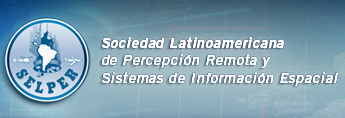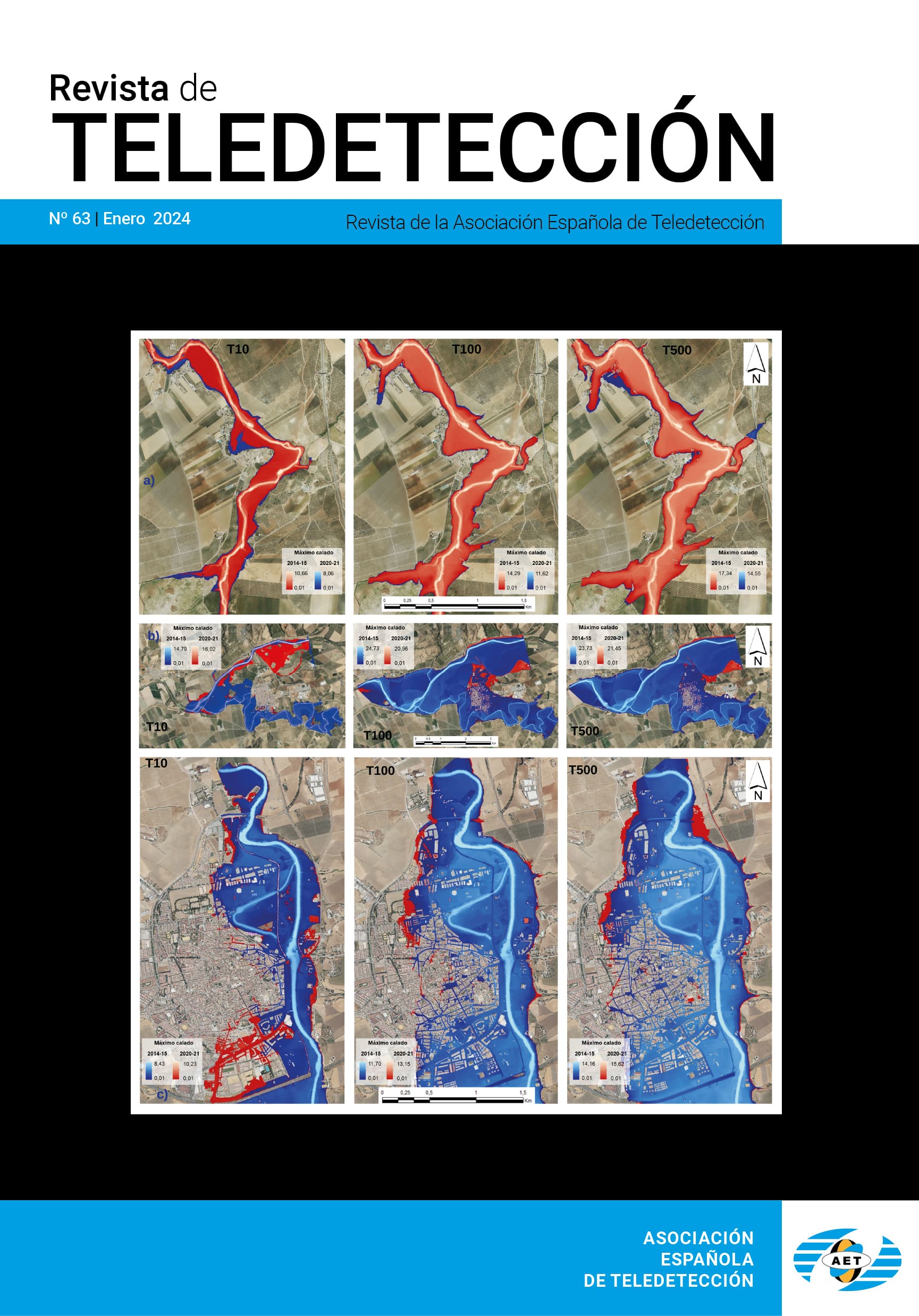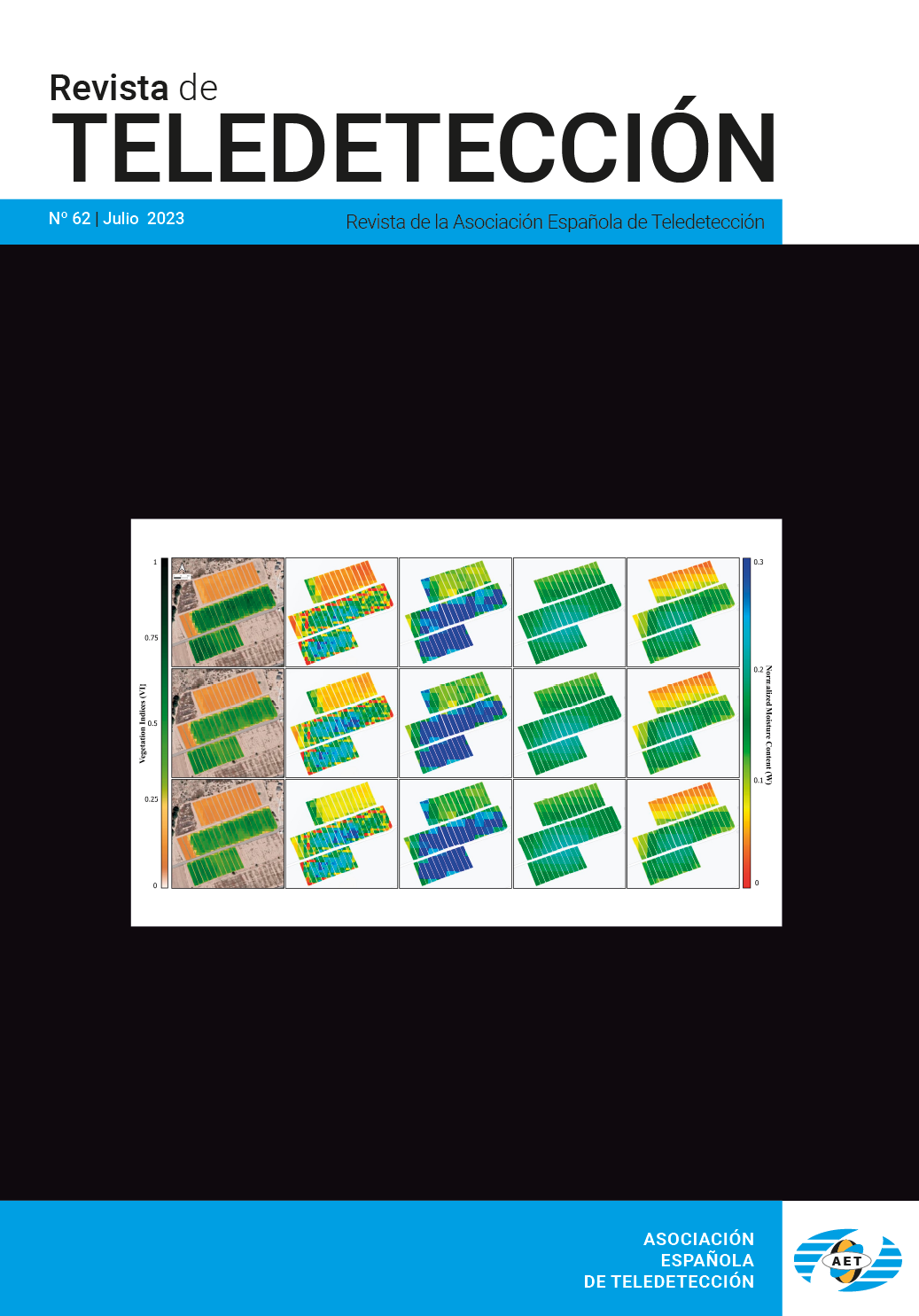Análisis de la sinergia de LIDAR con DMC y CASI para diferenciar olivos, algarrobos y almendros
O. Viñas
oriol.vinas@icc.cat
A. Ruiz
V. Palà
E. Soler
A. Domingo
V. Marco
RESUMEN
Se ha analizado la adecuación de técnicas de teledetección, aplicadas a imágenes de resolución elevada, para diferenciar olivos, algarrobos y almendros. El objetivo es facilitar la actualización del Sistema de Información Geográfica de Parcelas Agrícolas de Catalunya (SIGPAC) establecido por la regulación comunitaria (EC)1782/2003 para la gestión y control de subsidios agrícolas. Sobre la zona de estudio se obtuvieron datos bitemporales con los sensores ópticos multiespectrales DMC (15cm) y CASI (2m); en una de las campañas también se capturaron datos con lídar (1 punto/m2). En el estudio se hace evidente que el uso combinado de imágenes de alta resolución, ya sea en análisis multitemporal o integrando imágenes de distinto origen, requiere procesos de georreferenciación complejos que tengan presente el modelo de superficie (MDS). El lídar ha permitido individualizar los árboles y extraer diversas variables estructurales, así como mejorar la ortorectificación de las imágenes DMC y CASI. El poder de discriminación de las distintas variables se ha analizado mediante el programa eCognition, confeccionándose 41 proyectos independientes con distintas selecciones de variables (variables lídar, datos CASI, datos DMC, unitemporales y multitemporales, y a distintas resoluciones), utilizando siempre el modelo de altura de los árboles simplificado (MAAS) derivado de lídar como base de la segmentación. Tras una primera clasificación por umbrales de alturas, se han clasificado las copas de los árboles en base a las variables seleccionadas y se ha evaluado su efectividad con tablas de contingencia. Con datos multitemporales de la DMC a 1m de resolución se han conseguido las fiabilidades siguientes: 92,1% en olivos, 76,7% en algarrobos y 100% en almendros.
PALABRAS CLAVE: Lídar, DMC, CASI, fusión, integración de datos, inventarios agrícolas, clasificación orientada a objetos, eCognition, SIGPAC.
ABSTRACT
This paper analyzes the suitability of Remote Sensing techniques applied to high resolution imagery to differentiate olive, carob and almond trees in order to facilitate the updating of GIS agricultural land parcel of Catalonia (SIGPAC) established by EU regulation (EC) 1782/2003 for the management and control of agricultural subsidies. Bi-temporal data were obtained for the study area by means of the multispectral optical sensors DMC (15 cm) and CASI (2 m); lidar data (1 point/m2) was also captured in one of the campaigns. The study evidences that the combined use of high resolution images, either by an approach based on a multi-temporal analysis or by the synergy of images from different sensors, demand sophisticate geo-referencing processes requiring the Digital Surface Model (DMS). Lidar allows individualizing trees, computing some structural variables and, in addition, improving the DMC and CASI image ortorectification. The eCognition software has been used to analyze the discrimination power related to the different variables; a total of 41 experiments or separate projects were tested using different selections of variables (variables lidar, CASI data, DMC data, uni-temporal and multi-temporal, using different pixel resolutions), always using the simplified trees height model (MAAS) derived from lidar as the basis for the segmentation. The effectiveness of tree crown classification using the selected variables and performed over a previous classification established with height thresholds has been evaluated by means of contingence tables. The following reliability results have been obtained with 1 m. resolution DMC multi-temporal data: 92.1% for olive-trees, 76.7% for carob-trees and 100% for almond-trees.
KEY WORDS: Lidar, DMC, CASI, fusion, data fusion, agricultural inventory, object-based classification, eCognition, SIGPAC.
PULSE AQUI PARA DESCARGAR EL ARTÍCULO COMPLETO.




















